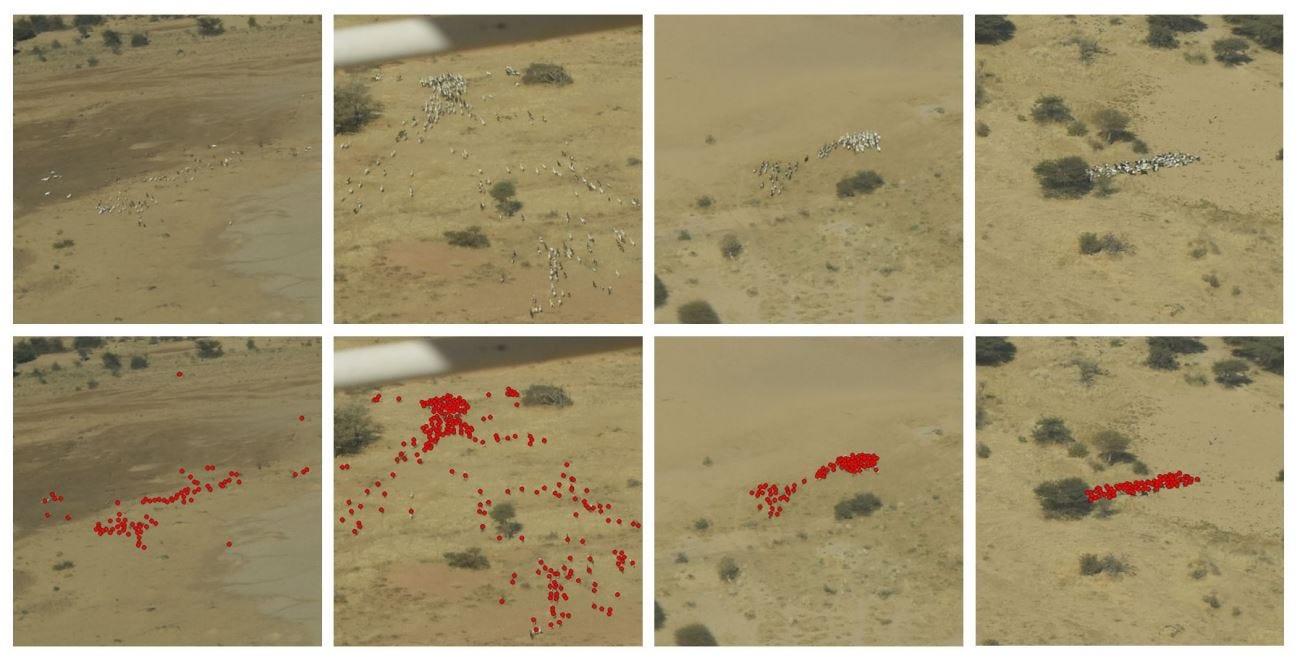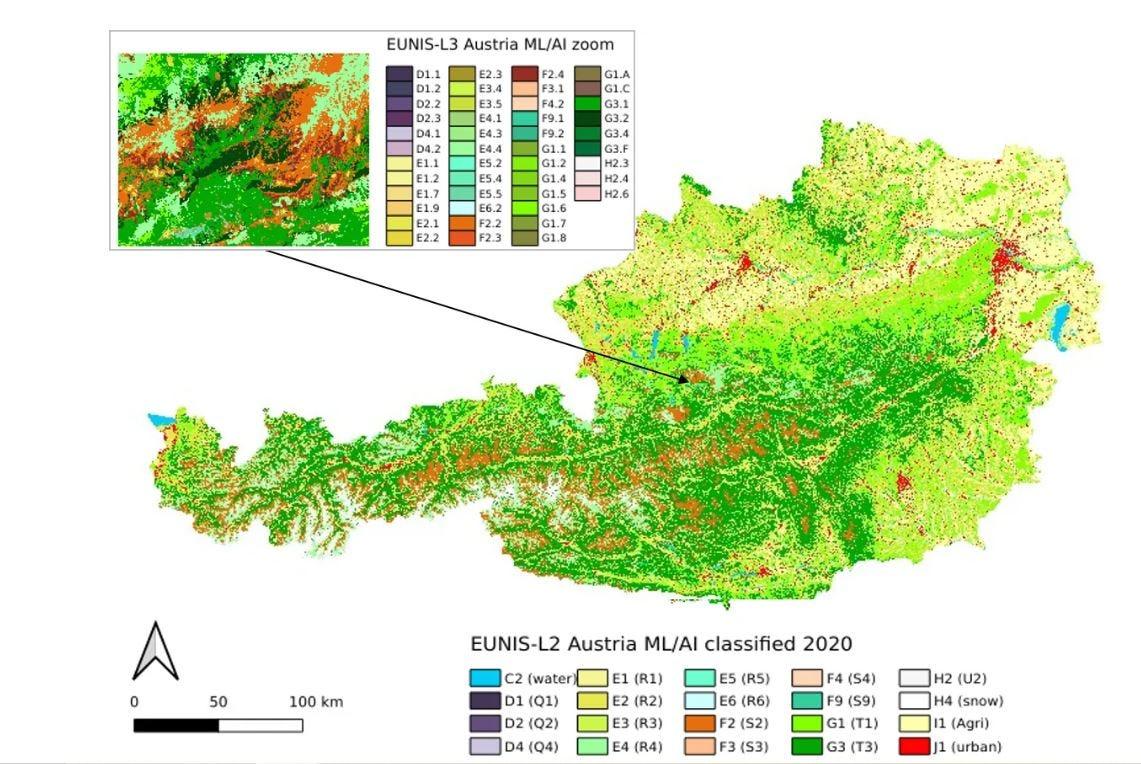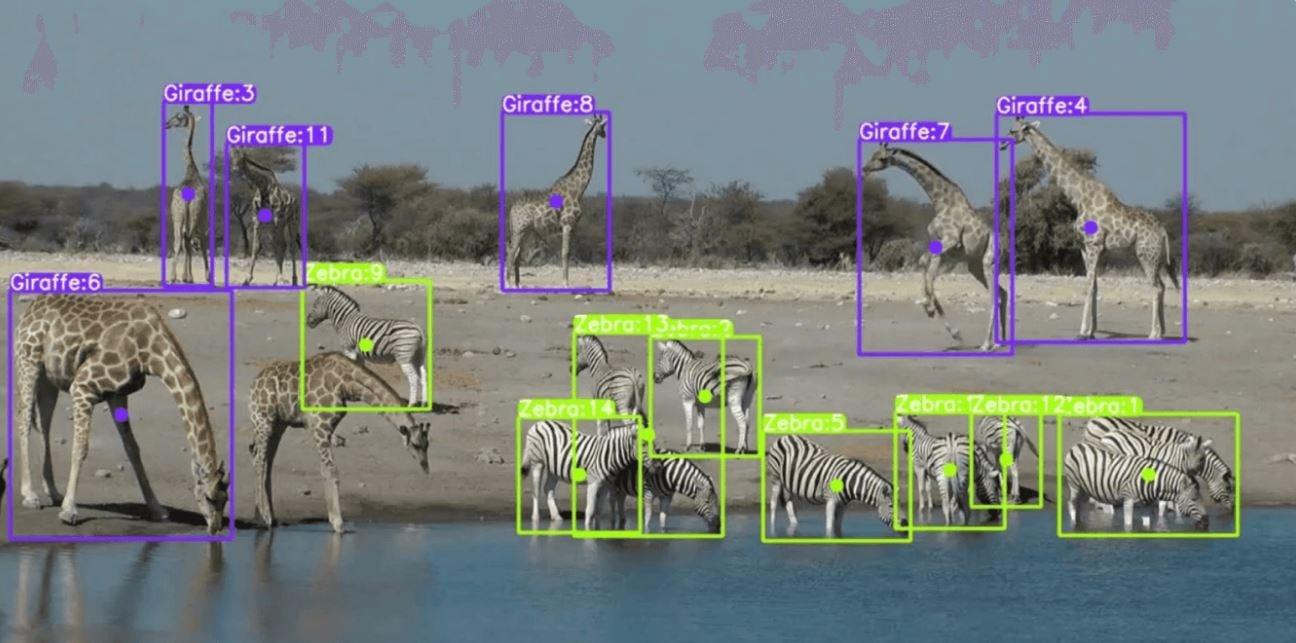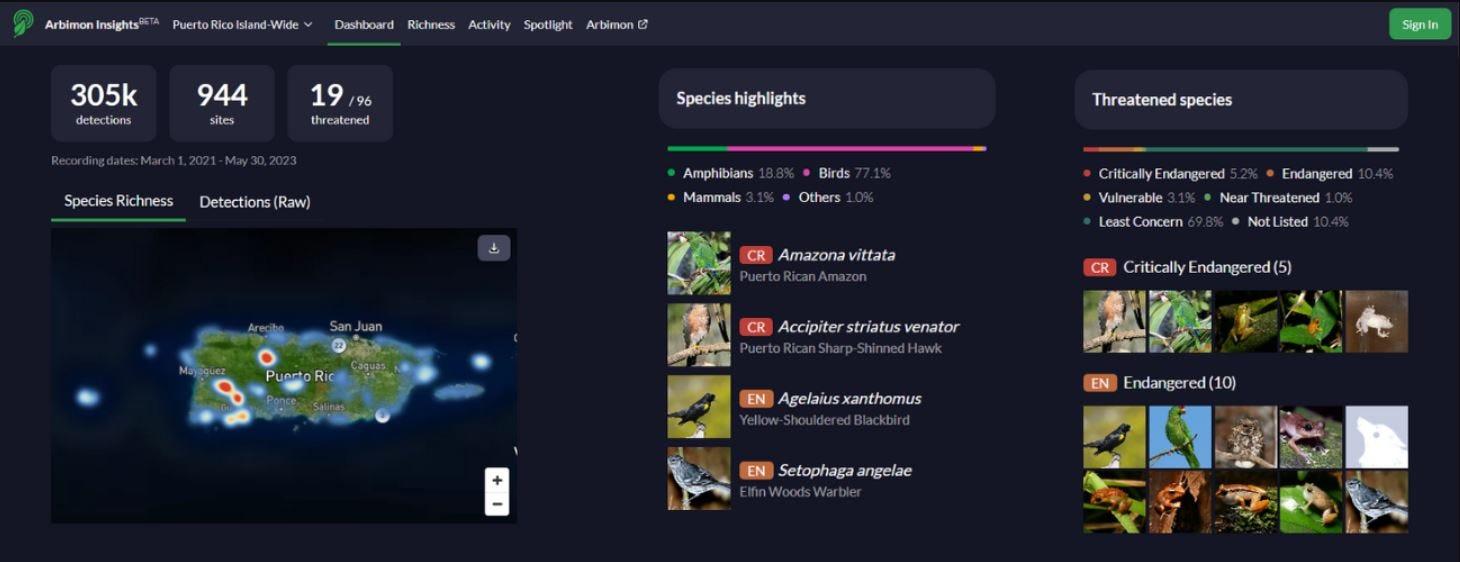Smart technologies for species conservation: eDNA analysis and the fight against poachers
 Unsplash
Unsplash Unsplash
Unsplash· 6 min read
Since 1970, wild animal populations have decreased by more than 70%. According to the international volunteer organization Animal Matters, about 30,000 animal species die out on Earth every year, or about three species per hour. To save populations from extinction, scientists are implementing artificial intelligence technologies.
Most of the work of AI in the field of nature conservation is focused on analyzing thousands of hours of footage taken from remote cameras or aerial photography data. The technology is also used in the analysis of the received material to identify and find objects in an image or video. Specialized models are often trained to identify species or detect their presence or absence. For example, the open model HerdNet helps in counting densely populated animal populations, including elephants and antelopes in the savannah.

The HerdNet model calculates herd size using aerial footage (Photo: orbi.uliege.be)
AI is also used to study eDNA, the genetic material that animals shed into the environment, such as water or soil. It can be collected and analyzed to identify species present in a particular area. AI models are able to process huge amounts of eDNA data, which combines remote sensing and samples collected on the ground. Machine learning algorithms are trained to recognize genetic markers associated with certain organisms to more quickly identify rare or endangered species. This allows researchers to track populations in remote or inaccessible places without disturbing their habitat. NatureMetrics offers such solutions. It works with the mining industry, among other things, to minimize damage in areas with high biodiversity value and avoid it in habitats of rare species.

AI analysis of eDNA in the NatureMetrics program (Photo: naturemetrics.com)
AI-based image recognition and computer vision technologies are helping researchers study wild animal populations. For example, the US-based Wildbook platform uses AI patterns to digitally tag individual animals based on external characteristics, such as color or tail length. Anyone can access the platform and upload their material. Wildbook currently has more than 6 million images. Algorithms analyze publicly available photos and videos to instantly identify individual animals. The developers believe that in the future, the platform will accumulate information about poorly studied species.
AI also allows for discoveries. According to scientists, less than 20% of insect species on Earth have been identified. After using an AI system to study camera trap videos in Panama, researchers discovered more than 300 previously unknown species.
AI-based sensors and camera traps track habitats in real time, collecting data on species movements, behavior, and environmental changes. Thus, within the framework of the project of VITO, the Flemish Institute for Technological Research and the European Environment Agency, it was possible to create classified AI habitat maps for such regions as the Netherlands, Austria, and southern Portugal. The work used deep learning methods and high-resolution satellite datasets, such as the Copernicus High Resolution Vegetation Phenology (HR-VPP). The researchers developed the CatBoost model, which is able to identify different classes of organisms in a specific environment and create a map of it in less than one day. As a result, it was possible to create habitat maps with a high resolution of up to 10 m, while the usual scale was from 1 to 10 km.

Habitat map of Austria (Photo: vito.be)
Machine learning algorithms analyze collected data to calculate population sizes and trends, which are important for assessing population health. For example, Conservation Metrics from Santa Cruz uses AI tools to analyze passive acoustic monitoring and camera trap data. This allows researchers to track the health of wild animals, their distribution, and population trends. And the American company Ultralytics offers a computer vision model, YOLO11, for tracking objects in real time, which allows you to observe behavior in a population, calculate its numbers, and understand migration.

The YOLO model tracks the giraffe population (Photo: ultralytics.com)
AI systems detect unusual activities in areas where flora and fauna are monitored, such as cases of poaching or illegal logging. For example, the San Francisco-based NGO Rainforest Connection uses artificial intelligence to combat poaching in Africa. The Arbimon tool analyzes acoustic data from the observed environment and, when anomalies are detected (saw sounds, etc.), sends an alert about the events in real time.

How Arbimon Works (Photo: rfcx.org)
Predictive analytics allows conservationists to anticipate threats before they impact wildlife. By analyzing historical data alongside current trends, AI can identify changes in species populations, migration patterns, and potential human impacts on habitat. Specially trained species distribution models also predict how climate change will affect population distribution. They analyze factors such as habitat needs, climate variables, and geographic barriers to enable proactive conservation measures tailored to the specific needs of vulnerable species.
For example, the Protection Assistant for Wildlife Security (PAWS), an AI-powered app developed at Harvard, is used in national parks to assist rangers. It analyzes data on topography, animal populations, nature trails, and foot traffic, then builds predictive models based on past poaching activity. Artificial intelligence guides the system to find the best patrol route and determine the number of poaching traps and pitfalls along the way.
One potential application that has attracted the attention of researchers is the concept of using AI to decipher animal language. Scientists expect that improved interspecies understanding will help to introduce new measures to protect biodiversity and combat climate change. The Earth Species project uses generative AI and large language models to create such a translator. The project has already developed NatureLM-audio, the world’s first large-scale audio language model for bioacoustic data.
There is also the CETI project, which focuses on using a similar approach to understand sperm whales, which communicate using sounds reminiscent of Morse code clicks. The project participants are confident that such understanding will allow them to take effective measures to protect the oceans.
Google announced in 2024 that it would deploy an AI model called SurfPerch to listen to coral reefs. It will analyze bioacoustic data to predict reef stability.
Lastly, Chinese giant Baidu is seeking a patent for AI technology designed to translate animal sounds into human language. The method works by collecting different types of data from an animal, including “voice, body language, behavioral changes, and other biological traits.”
Researchers believe that in the future, advanced AI technologies will help predict how different conservation strategies may affect ecosystems over time. For example, AI could identify the most suitable locations for species reintroduction (transfer to areas they previously inhabited) or best practices for restoring degraded habitats based on historical data as well as projected environmental changes.
illuminem Voices is a democratic space presenting the thoughts and opinions of leading Sustainability & Energy writers, their opinions do not necessarily represent those of illuminem.
illuminem briefings

Biodiversity · Sustainable Lifestyle
Barnabé Colin

Biodiversity · Nature
illuminem briefings

Biodiversity · Nature
Africa News

Biodiversity · Public Governance
BBC

Biodiversity · Climate Change
The Jerusalem Post

Biodiversity · Climate Change